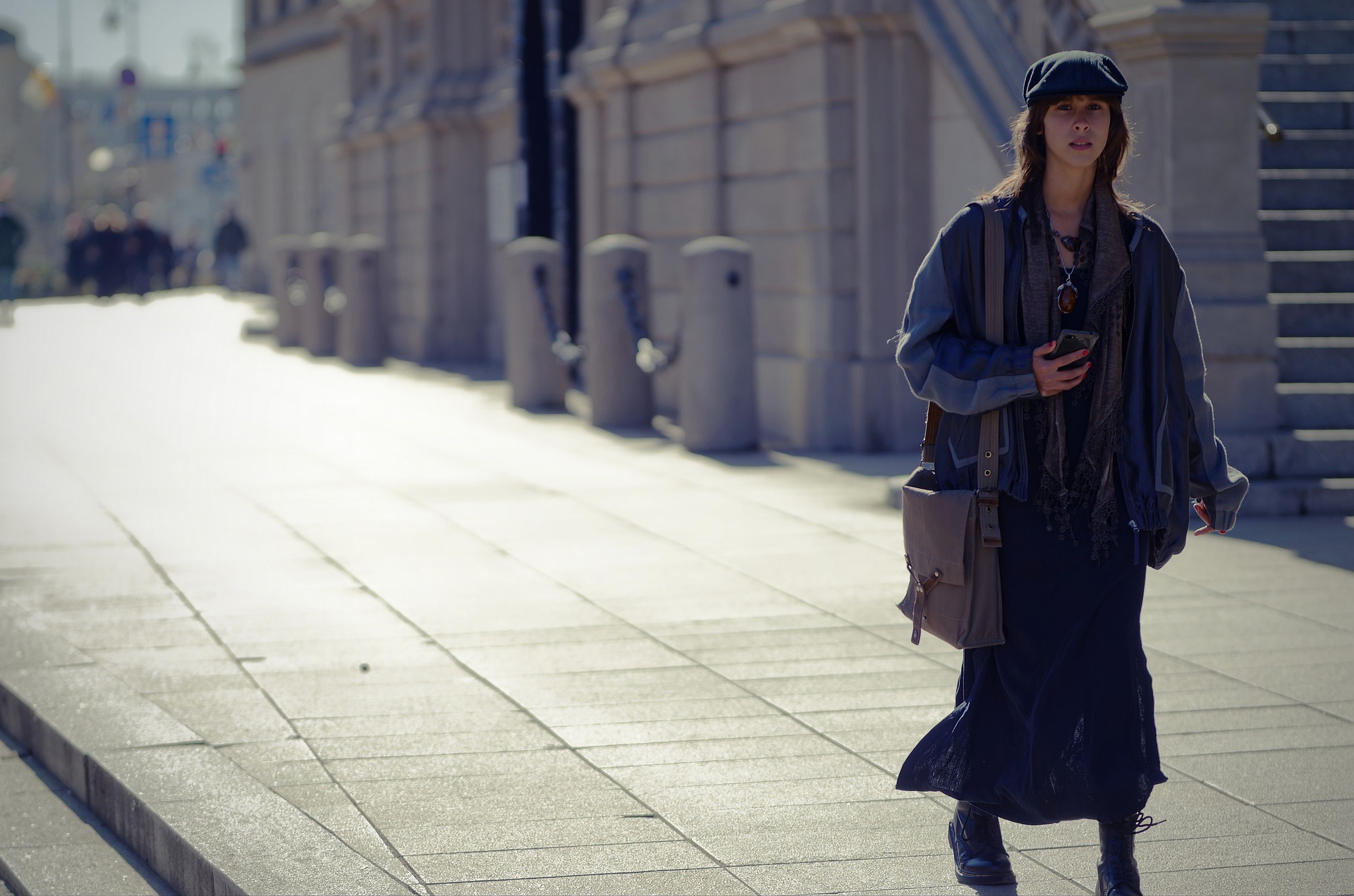Acoustic Wayfinding: Shaping Urban Experiences for the Visually Impaired
In the bustling tapestry of urban life, sound plays a crucial role in how we navigate and experience our surroundings. For the visually impaired community, this auditory landscape takes on even greater significance. Acoustic wayfinding, an innovative approach to urban design, is revolutionizing how cities can become more inclusive and navigable for those with visual impairments. Read below to explore how this emerging field is reshaping our urban environments and fostering a more accessible society.

At its core, acoustic wayfinding recognizes that our auditory perception of space is just as crucial as our visual perception. By intentionally designing and manipulating the acoustic environment, cities can create intuitive, non-visual pathways that enhance mobility and spatial awareness for those with visual impairments.
Historical Context and Evolution
The roots of acoustic wayfinding can be traced back to the mid-20th century when researchers began exploring how blind individuals use echolocation to navigate their surroundings. However, it wasn’t until the late 1990s and early 2000s that the concept began to gain traction in urban planning and design circles.
The rise of universal design principles and growing awareness of accessibility issues in urban spaces catalyzed interest in acoustic wayfinding. Pioneering projects in cities like San Francisco and Tokyo demonstrated the potential of sound-based navigation systems, paving the way for broader adoption and research in the field.
Key Components of Acoustic Wayfinding Systems
Effective acoustic wayfinding systems typically incorporate several key elements:
-
Sound beacons: Strategically placed audio signals that provide directional cues and information about key locations.
-
Textured surfaces: Variations in ground textures that create distinct sound patterns when walked upon, helping users identify different areas or pathways.
-
Acoustic reflection: Architectural features designed to reflect sound in specific ways, creating recognizable acoustic signatures for different spaces.
-
Ambient soundscapes: Carefully curated background sounds that provide contextual information about the surrounding environment.
-
Personal assistive devices: Smartphone apps or specialized tools that interact with the built environment to provide personalized audio guidance.
Societal Impact and Inclusion
The implementation of acoustic wayfinding systems has far-reaching implications for social inclusion and urban accessibility. By creating more navigable environments for visually impaired individuals, these systems promote independence, enhance quality of life, and foster a sense of belonging within urban communities.
Moreover, the benefits of acoustic wayfinding extend beyond the visually impaired population. Elderly individuals, those with cognitive impairments, and even sighted users navigating in low-visibility conditions can all benefit from enhanced auditory cues in urban spaces.
Challenges and Future Directions
Despite its potential, acoustic wayfinding faces several challenges in widespread implementation. These include:
-
Cost: Installing comprehensive acoustic wayfinding systems can be expensive, particularly in existing urban environments.
-
Standardization: The lack of universal standards for acoustic cues can lead to inconsistencies across different cities or regions.
-
Noise pollution: Balancing the need for auditory cues with concerns about urban noise levels requires careful consideration.
-
Integration with existing infrastructure: Retrofitting acoustic wayfinding features into established urban spaces can be complex and disruptive.
Looking ahead, researchers and urban planners are exploring innovative solutions to these challenges. Advancements in smart city technologies, such as Internet of Things (IoT) devices and artificial intelligence, offer promising avenues for creating more dynamic and responsive acoustic environments.
The Role of Community Engagement
Successful implementation of acoustic wayfinding systems hinges on close collaboration with the visually impaired community. Engaging end-users in the design process ensures that solutions are truly effective and meet the diverse needs of individuals with varying degrees of visual impairment.
Community feedback has led to refinements in sound beacon design, improvements in the clarity of audio cues, and the development of more intuitive navigation patterns. This participatory approach not only enhances the functionality of acoustic wayfinding systems but also empowers visually impaired individuals to shape their urban environments.
Acoustic Wayfinding in Practice: Case Studies
Several cities around the world have begun implementing acoustic wayfinding systems with promising results. In Melbourne, Australia, a network of smart sensors and speakers guides visually impaired users through busy intersections using directional sound cues. Tokyo’s Shinjuku Station, one of the world’s busiest transit hubs, features a comprehensive acoustic wayfinding system that combines sound beacons, tactile paving, and smartphone integration to create a seamless navigation experience.
These real-world applications demonstrate the transformative potential of acoustic wayfinding in creating more inclusive urban spaces. As technology continues to evolve and awareness grows, we can expect to see more cities adopting and innovating in this field.
In conclusion, acoustic wayfinding represents a significant step forward in making our cities more accessible and inclusive for all. By harnessing the power of sound and innovative design, we can create urban environments that not only accommodate but celebrate the diverse ways in which people experience and navigate the world around them. As we continue to refine and expand these systems, we move closer to the ideal of truly inclusive cities where everyone can move freely and confidently through public spaces.





